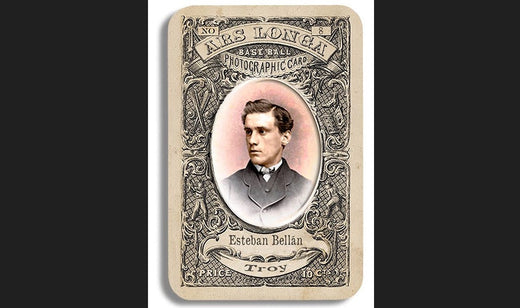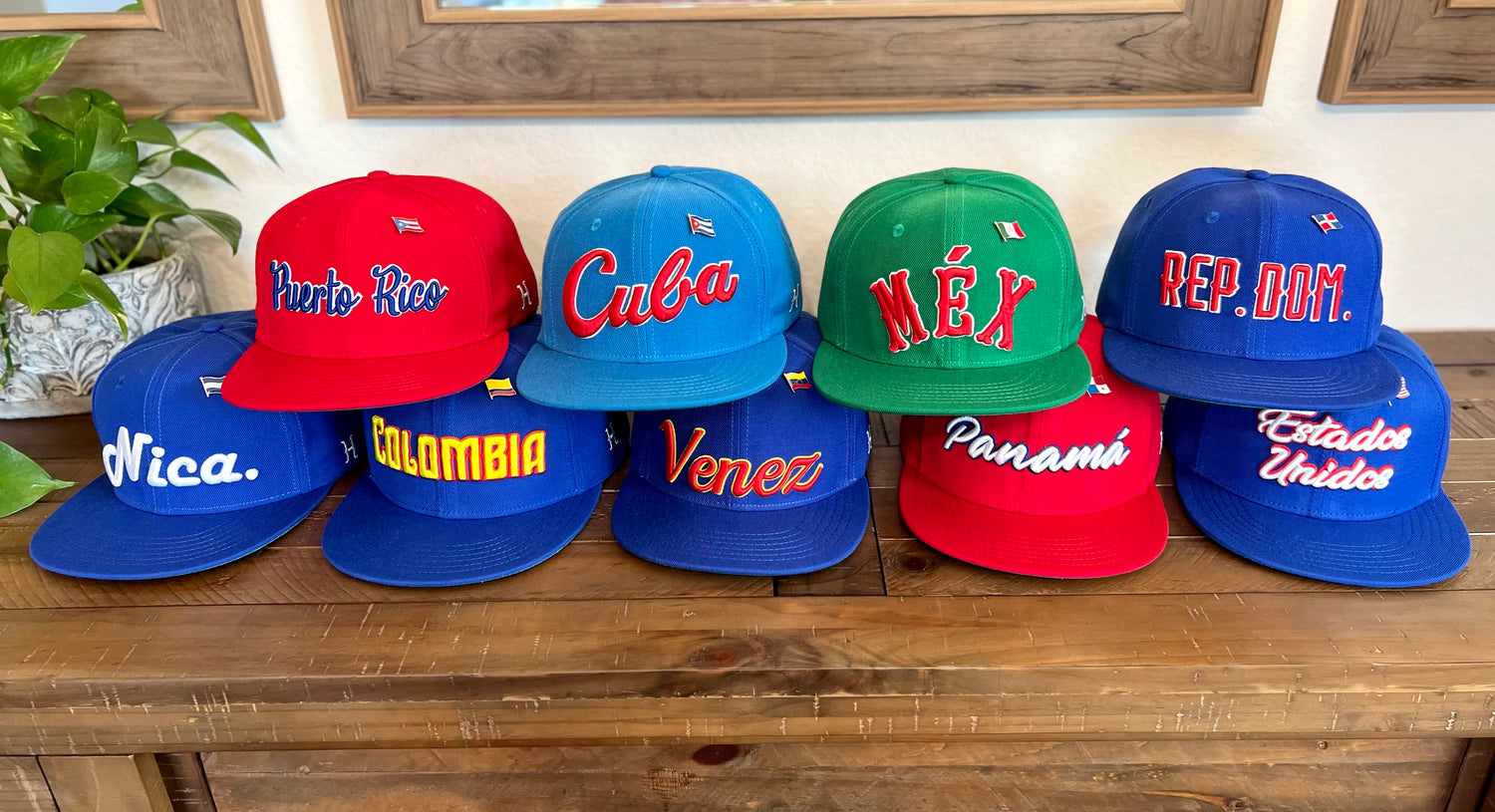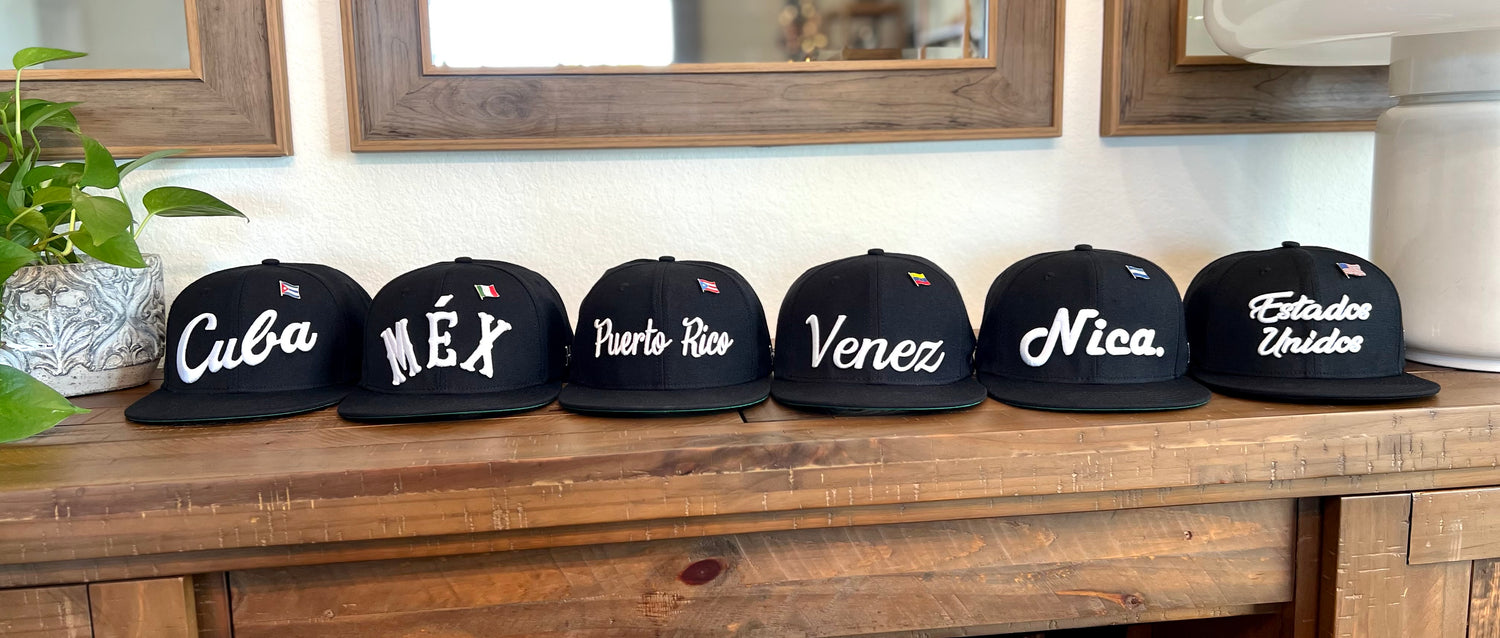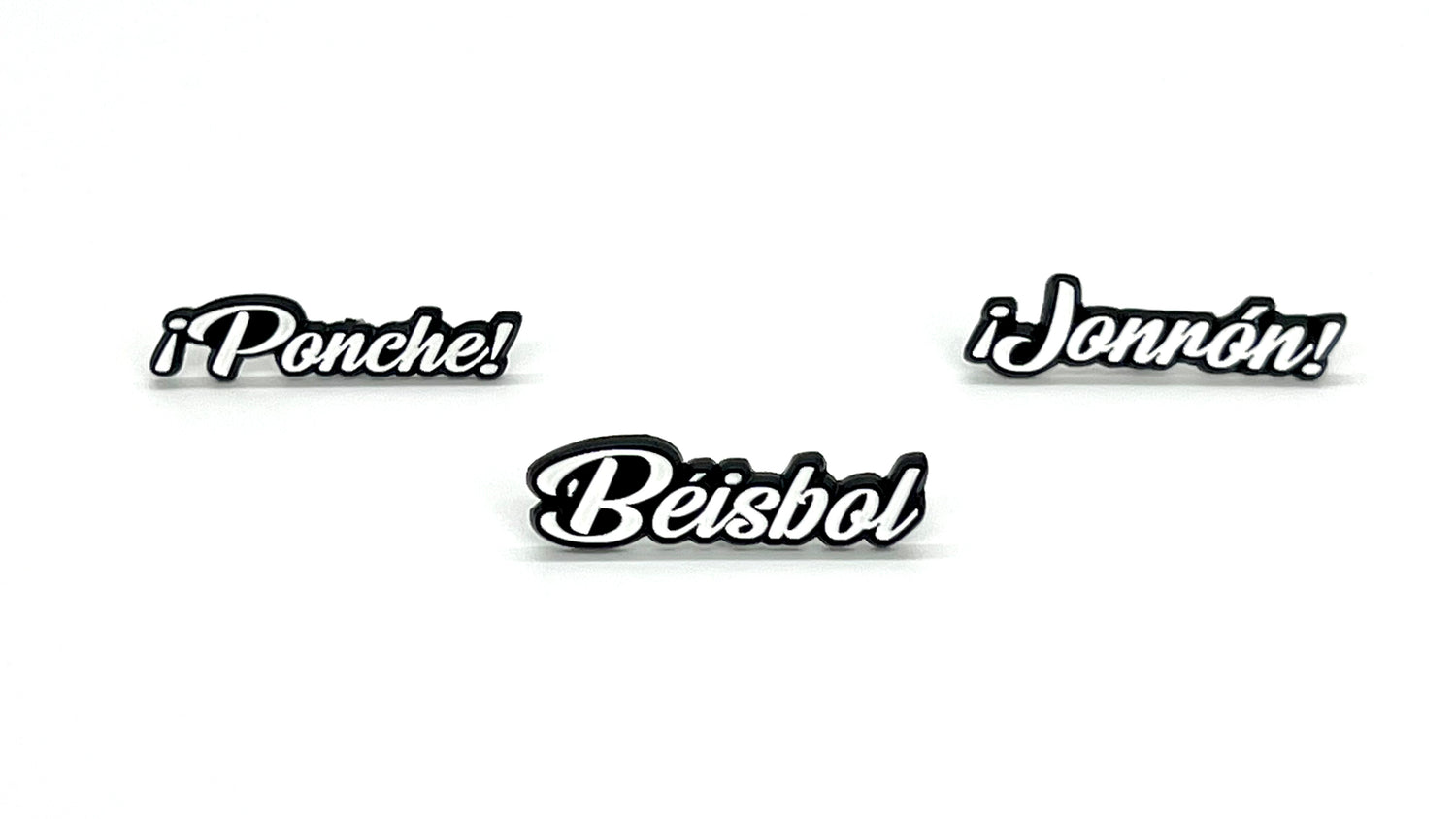January 2025
Skin color is an interesting construct in Latin America. It began when the Spanish and Portuguese explorers colonized the new world. The mixing of indigenous, European, and African blood created a unique race of people throughout the Caribbean and Latin America. For hundreds of years the more European blood you had, or appeared to have had, meant you lived further up on the social ladder and moved freely throughout society. In Mexico they had an official system called the Casta System. Baseball also lived on that same social construct for many years. White passing Cubans began playing organized ball in the U.S. as early as the late 1800’s. Havana born Estevan Enrique “Steve” Bellan is credited with being the first Latin American to play organized ball in the states. He made his debut in 1871 for the Troy Haymakers from Lansingburgh, New York. He ended his career playing for the New York Mutuals of Brooklyn two years later in 1873. Enrique played a total of 60 games. In 1902 a white Cuban ball player named Charles P. “Chick” Pedroes made his debut playing for the Chicago Orphans. That would mark the first time a Cuban-born ball player played for a Major League Team. He played as a right fielder and had a total of 6 at bats. In 1910 the Cincinnati Reds scouted two Cuban ball players, third baseman Rafael Almeida and outfielder Armando Marsans (Armando Marsans Mendiondo). Before making the trip up North the scout had to confirm for Reds Ownership that both players were of Caucasian lineage. They passed the test. What is interesting is this wouldn’t be the first time both men played organized baseball in the U.S. Each man played with the integrated barnstorming team, the All Cubans. They traveled throughout the U.S. playing white and black teams. The All Cubans eventually lead to the creation of the Negro League team the Cuban Stars East. Almeida played for three seasons all with the Cincinnati Reds. Marsans would have a seven-year career. He played for Cincinnati as well as the St. Louis Terriers, St. Louis Browns, and finished his career with the New York Yankees. Two former players of the Long Branch, NJ Cubans would also join the majors. In 1914 a blue-eyed Havana native named Dolf Luque (Aldolfo Domingo de Guzmán Luque) made his Major League debut with the Boston Braves. In 1918 he was traded to the Cincinnati Reds and his career flourished. He would eventually finish his career playing for the Brooklyn Robins and the New York Giants. By the time he retired he was a 2x World Series Champion. His former teammate and fellow Cuban Mike Gonzalez (Miguel Ángel González Cordero) had a lengthy MLB career as well. He was a catcher for the Boston Braves, Cincinnati Reds, St. Louis Cardinals, New York Giants, and the Chicago Cubs. By the time his career ended he was a 4x World Series Champion.
Moses Fleetwood Walker is widely considered the first black man to play for a major league team the Toledo Blue Stockings in 1884. It wouldn’t be until 63 years later when baseball would officially integrate until 1947 by Jackie Robinson. Before Jackie joined the Brooklyn Dodgers he played in the Negro Leagues with the Kansas City Monarchs. He was quickly followed in the American league when the Cleveland Indians (Guardians) debuted Negro league alum Larry Doby of the Newark Eagles. Cuban born Minnie Miñoso (Saturnino Orestes Armas Arrieta Miñoso) would be the first Afro Latino to enter the majors in 1949 as a Cleveland Indian (Guardians). He would go on to make a name for himself as a Chicago White Sox. The first Dominicans wouldn’t enter the Majors until the late 1950’s. They were two Afro Latino men. The Dominican born, raised in New York, Ozzie Virgil Sr. (Osvaldo José Virgil Pichardo) made his debut in 1956 with the New York Giants, and Dominican born and raised, Felipe Alou (Felipe Rojas Alou) made his debut in 1958 with the San Francisco Giants.
Before integration Latinos who were considered too “dark” for the major leagues found acceptance in the Negro League circuit of organized, loosely organized, and barnstorming teams. Black ball clubs in the U.S. have been around since the late 1800’s. In Kansas City, MO on February 13th and 14th of 1920, the Negro Leagues were organized, and a governing body was established. Rube Foster, owner of the Chicago American Giants, was named league President. This was the spark that began the Golden Age of black baseball. It’s estimated that 10-15% of the Negro Leagues were of Latino heritage. Most were of Cuban descent but other Latin players from Puerto Rico, Venezuela, Dominican Republic, and Mexico would join their Cuban counterparts. Ball players from the Negro Leagues would go-on and play winter ball in Latin America. It was a way to play ball year-round and make additional money. Most of these winter league teams in Latin America were integrated. Many of these countries offered a friendlier atmosphere for black ball players compared to the Jim Crow laws in the states. These are some of the reasons Black American ball players were drawn to organized baseball in countries like Mexico, Venezuela, and Cuba. After the winter leagues finished dozens of mostly dark-skinned Latinos headed North with their African American counterparts to play summer ball in the United States. Cuban legends like infielder and pitcher José Méndez (José Colmenar del Valle Méndez), outfielder and pitcher Cuban Cristóbal Torriente, infielder Bartolo Portuondo (Bartolome Portuondo), and the immortal himself, Martín Dihigo (Martín Magdaleno Dihigo Llanos). Two notable men who played in the Negro Leagues would have sons that would go on to have incredible Major League careers. Puerto Rican born Perucho Cepeda (Pedro Aníbal Cepeda) father of “The Baby Bull” Orlando Cepeda (Orlando Manuel Cepeda Pennes) and Cuban born Luis Tiant Sr. (Luis Eleuterio Tiant Bravo) father of Luis Tiant (Luis Clemente Tiant Vega). Several teams in the Negro Leagues sported names that hinted at the Latin heritage of some of their players. Names like Cuban Giants, Cuban X-Giants, Cuban Stars East (NY), Cuban Stars West (OH), and the New York Cubans. The Latin players weren’t restricted to playing just for these teams. For example, Cristóbal Torriente never played for any of the traditional Latin named teams. He had stints with the Chicago American Giants, Detroit Stars, Kansas City Monarchs, Louisville Black Caps, Atlanta Black Crackers, and the Cleveland Cubs. In 1947 the New York Cubans won the Negro League World Series. Managed by long time Cuban ball player José Fernández (José María Tranquilino Fernández Marín Sr.). José managed the team for twelve years straight. Today Major league Baseball is filled with Latin ball players from all over Latin America and the Caribbean. Luckily color of skin no longer plays a part in what league you can play in. Today’s Latin players stand on the shoulders of players like Roberto Clemente (Roberto Enrique Clemente Walker) and Manny Sanguillén (Manuel de Jesus Sanguillén Magan). Clemente and Sanguillén stood on the shoulders of men like Dihigo and Méndez. Men like former Negro Leaguer, MLB Coach and Hall of Famer Buck O’Neil, award winning documentarian, Ken Burns, and Negro League President, Bob Kendrick, have kept the stories of these players alive. If you find yourself in Kansas City, Missouri, you owe it to yourself and to these men and women to visit the Negro League Museum on 1616 E 18th Street.
